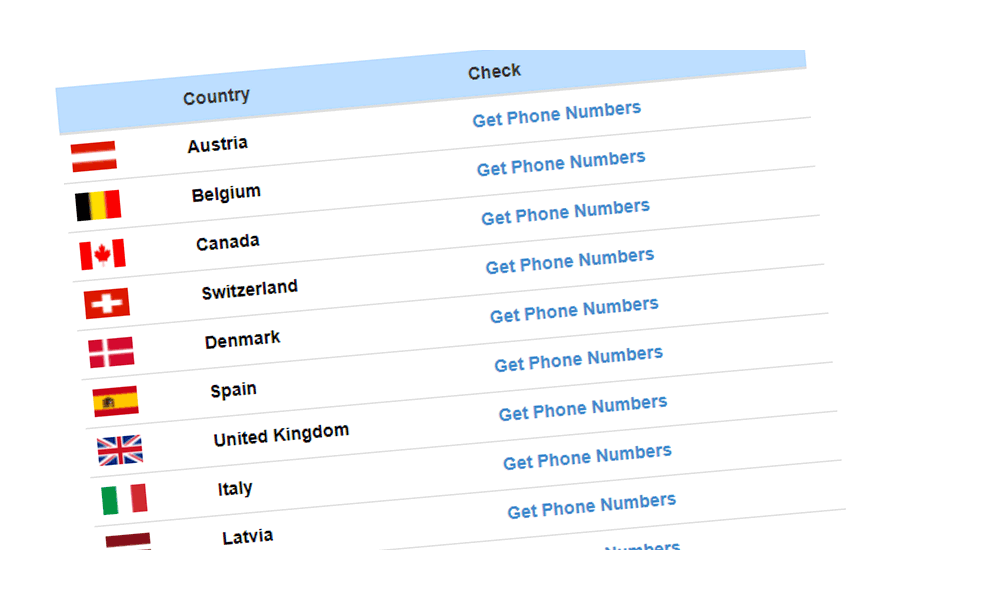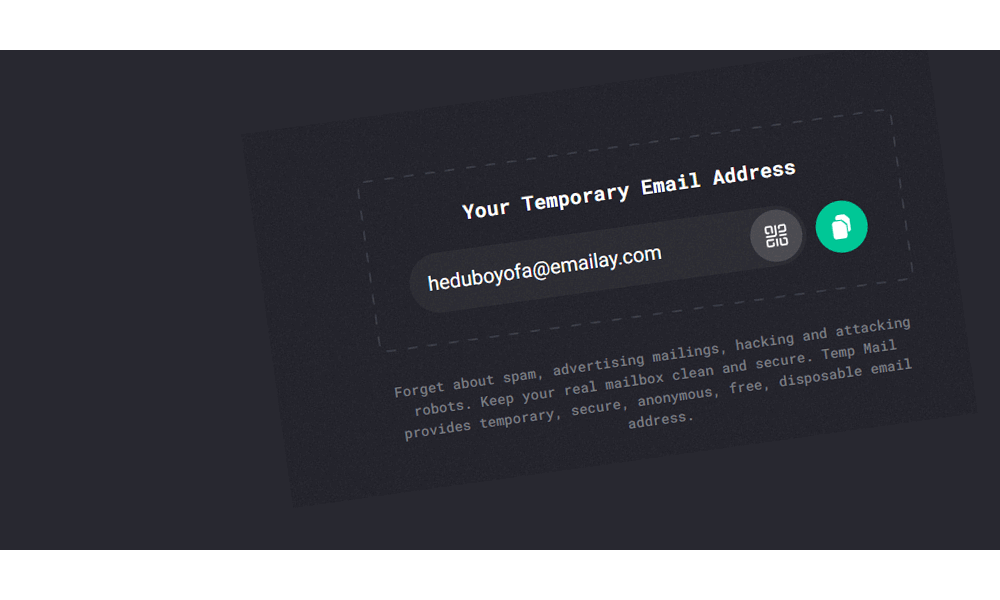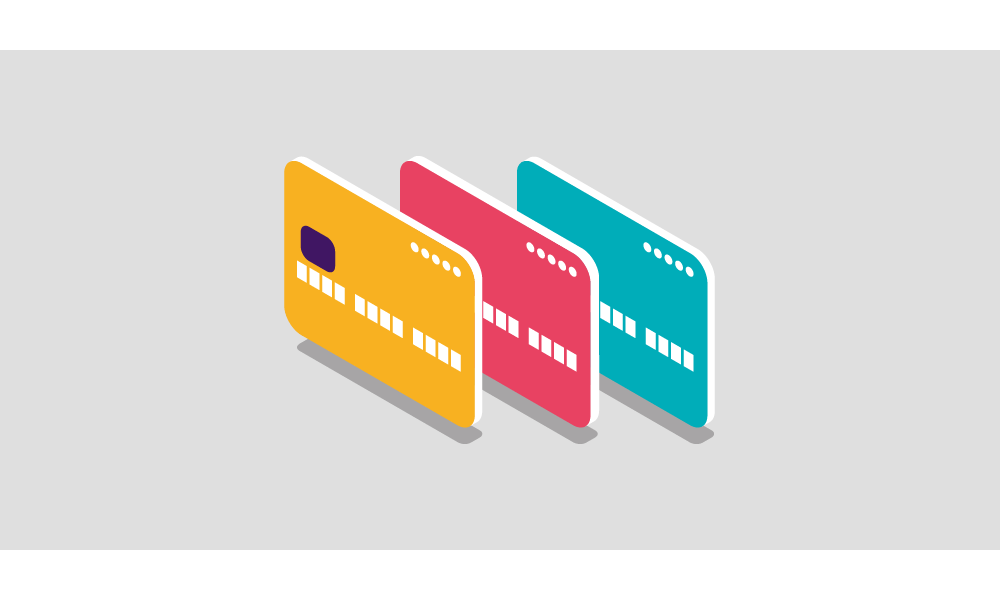There is no doubt that scams, spam, and phishing attacks are three of the most dreaded things on the internet.
In the modern days of the internet, many people are giving out their email address or phone number when signing up for a service. While these people for a multitude of reasons may not use their real names for registering, there are always some trailing security and privacy issues.
Yes, you can certainly use some security precautions, like using two-factor authentication, to secure your account. But for many reasons, the methods involve you in securing your own accounts.
If ever you fall for phishing scams, or that service you've signed in into got hacked, or when losing your smartphone, the information you have will be breached, and things will certainly point back to you. This is why SIM swapping hacks have occurred, for example.
This kind of attack allows hackers to take control of your account by stealing your phone number, claiming ownership of it, and use it to bypass two-factor authentication messages.
As attacks like these become more common, it’s worth taking extra precautions when locking down your personal contact information.

A way to improve security of your accounts that use two-factor authentication, is to use a physical device that only you can have.
Using authentication tools like USB security keys, for example, you can secure your Gmail account to prevent unauthorized access. It’s also worth setting up additional PIN protection on your phone number account through your mobile provider to avoid impersonators from making changes without your consent.
And, of course, using a strong password is also a must, and here, a good password manager app can help a lot.
These are certainly ways to protect yourselves, and yes they do help. What's more, tech companies are trying their best to keep up with the trends by introducing new ways and improvising the existing security products.
But still, you should never be a 100 percent sure you are totally protected. That is because there are multiple points of failure.
As previously mentioned, this is because the methods involve you in securing your own accounts. And if ever your account gets breached, whatever you do will certainly points back to you.
To counter this, it's worth to be someone else.
In this case, you can be a virtual person by creating a virtual fake identity. You can do this using various dedicated online services, and you can do it for free.
If you really want to hide your identity, you can use fake data generated by the tools when signing up to new services. By not offering services your actual email, phone number, or credit card information, you’re at least one step away from potential cyberattacks should those services suffer a breach.
Here are ways to do that:
Creating Fake Phone Numbers

There are numerous online services and apps that offer the option to link your phone number to your account, so that you can still sign in if your password gets lost.
But instead of putting in your actual number, you can generate alternatives from free services that generate virtual fake phone numbers. After generating a fake phone number, you can use this number to register/link to any apps you want.
With you registering with a fake phone number, you can be sure that SIM swapping attacks won't affect you. This is because the fake number is not attached to you, and you can ditch the number whenever you wish.
But remember to not use fake phone numbers when registering to services you want to get attached to. If ever you lost your username-password credentials, the method to retrieve access using phone number would be virtually impossible.
Create Fake Email Addresses

Email is still the de facto way of the web. Despite numerous tech companies are delivering ways to eliminate email-password as credentials, email addresses are still crucial when it comes to registering things.
The first thing you need to know is that, using different email addresses to sign up for new accounts or access to coupons, articles, and other downloadable materials, can be a good way to avoid spam emails, unwanted newsletters, and email tracking used by apps and services to send you ads.
Using different email addresses than what you personally use, will add a layer to remove yourselves from potential phishing emails.
To do this, you can certainly create email addresses from popular services. But in the case that you really want to avoid your information being stored by tech titans that have very good trackers, you can use temporary email services instead.
These temporary inbox services will only hold emails for a small period of time, and they can be useful when you want to sign up for things, but don't want to get attached to the service.
And as with phone numbers and passwords, you can generate as many fake email addresses as you want, and use them to switch your ID occasionally, instead of re-using them from time to time. And just like fake phone numbers, you should not use fake email address to services you want to use frequently.
Dealing With Credit Cards

A credit card is a payment card issued to users to enable the cardholder to pay a merchant, based on the cardholder's promise to the card issuer to pay them for the amounts plus the other agreed charges. On top of them that make things convenience, include e-wallets, like Apple Pay, Google Pay, Samsung Pay, PayPal, Visa Checkout, Mastercard Masterpass, and bank-specific apps.
While they all offer encrypted methods of payments to prevent directly sharing your personal information to a third party. But still, that doesn’t mean they’re fail-proof either.
In mobile wallets' case, they can be hacked if your phone is not properly secured, for example.
To avoid issues, before setting up your mobile wallet, try to do so from a trusted and secured Wi-Fi network. If you really have to do this while away from a secured connection, it's better to use https://www.eyerys.com/articles/choosing-best-vpn-know-how-protect-yourself
After you add your credit card numbers to your mobile wallet of choice, you need to follow the general smartphone protections, like setting up a locked home screen that only you can authenticate via a PIN, password, a pattern-based lock, or biometric data.
In cases where your mobile payment apps are not accepted, you can generate a random credit card number to use as a one-time payment solution. Only a few banks support this service, and remember that you should not use this kind of service for things you want to get attached to, as these card number would expire.
Conclusion
The internet is one of the greatest human invention. With it, the world has never again be the same.
With connectivity, the world has shrunk to the palm of users' hands. And with it, information transaction has become a lot easier.
Fake phone numbers, fake email addresses and taking careful use of credit cards and services that work with them can hide your real identity, preventing your "real" information from getting spread. In case of credit cards, if you want to really keep your privacy to yourselves, you better be off using cash.
Related: Practicing Good Data Habits To Prevent Potential Hacks And Cyberattacks